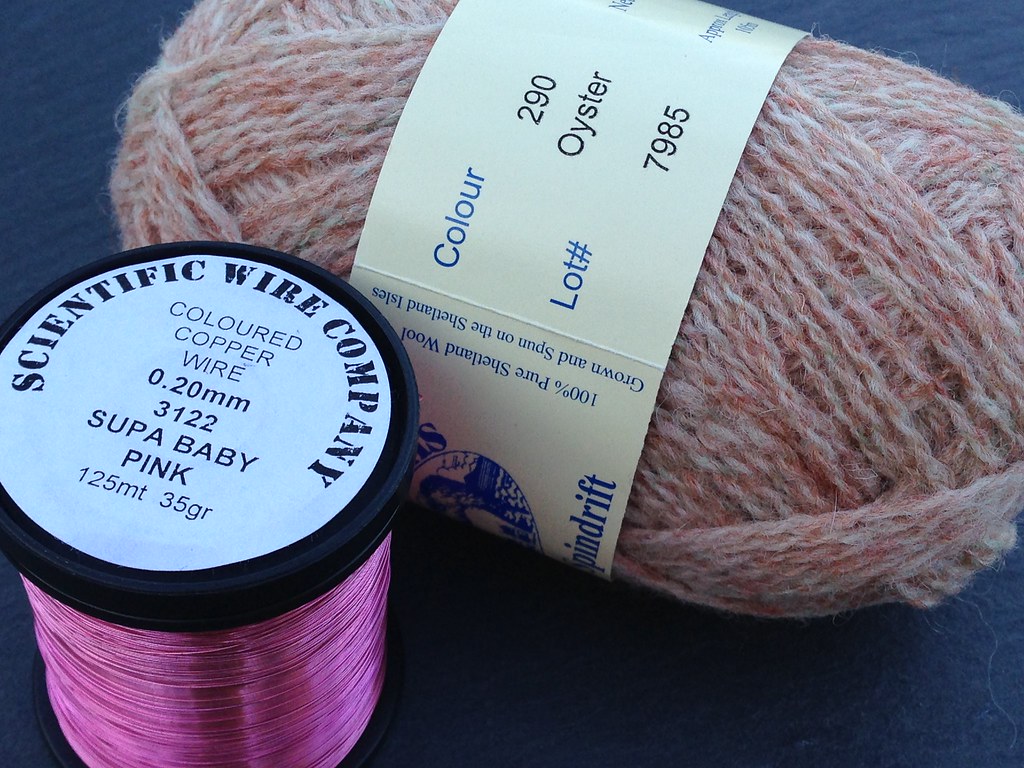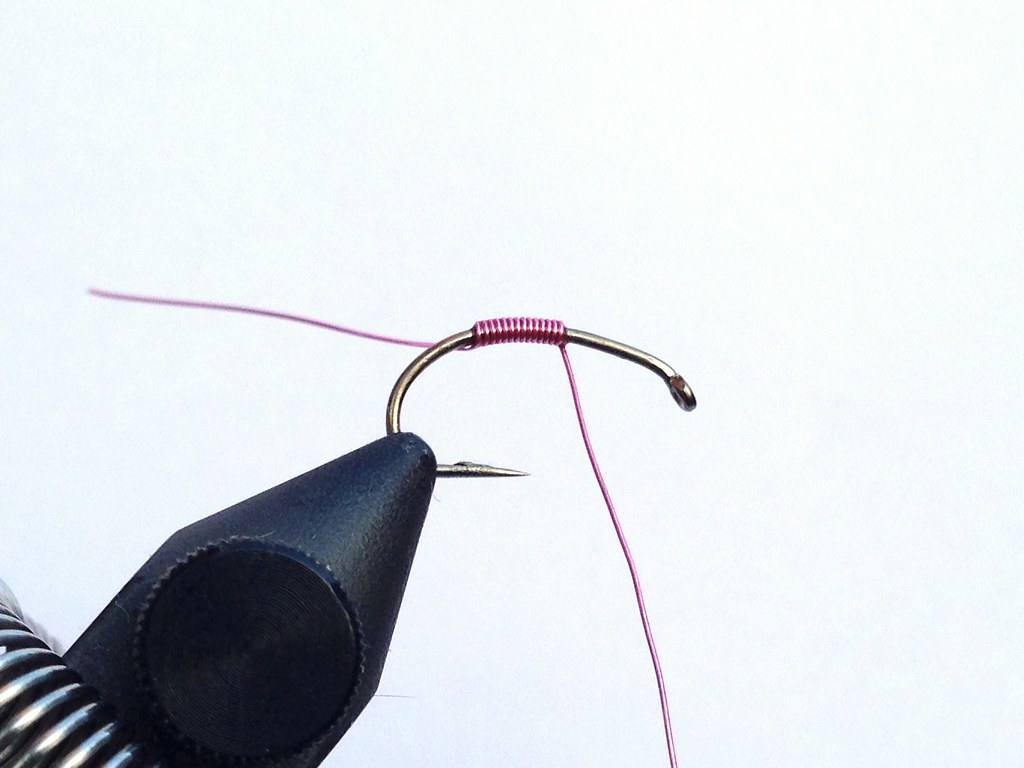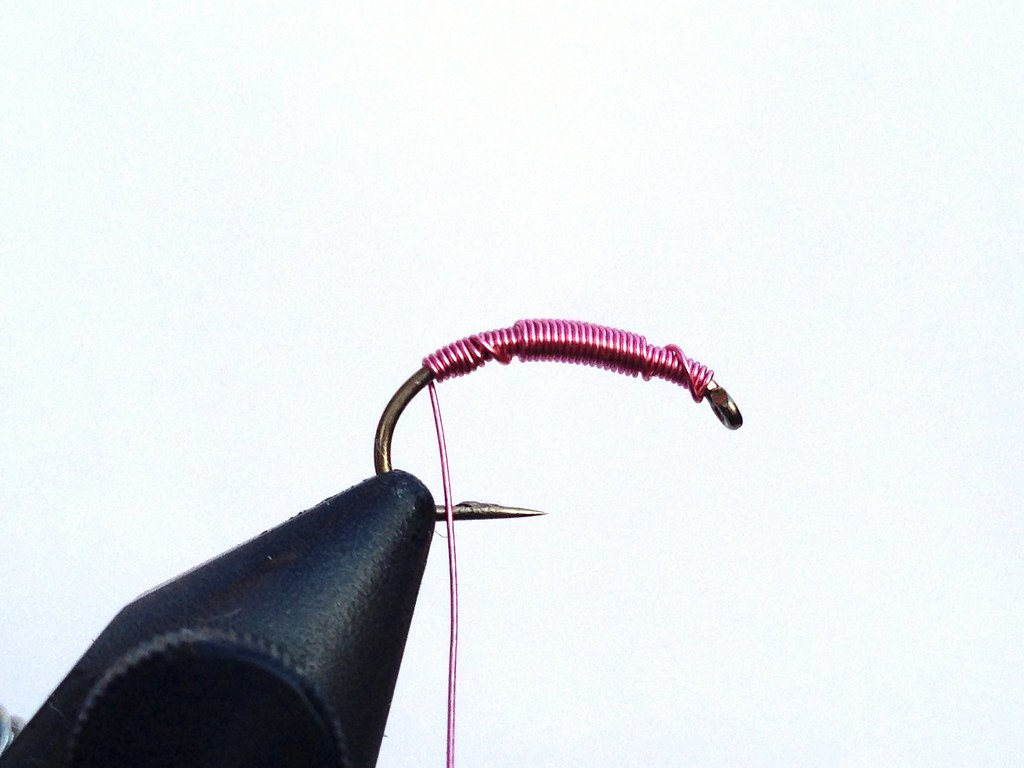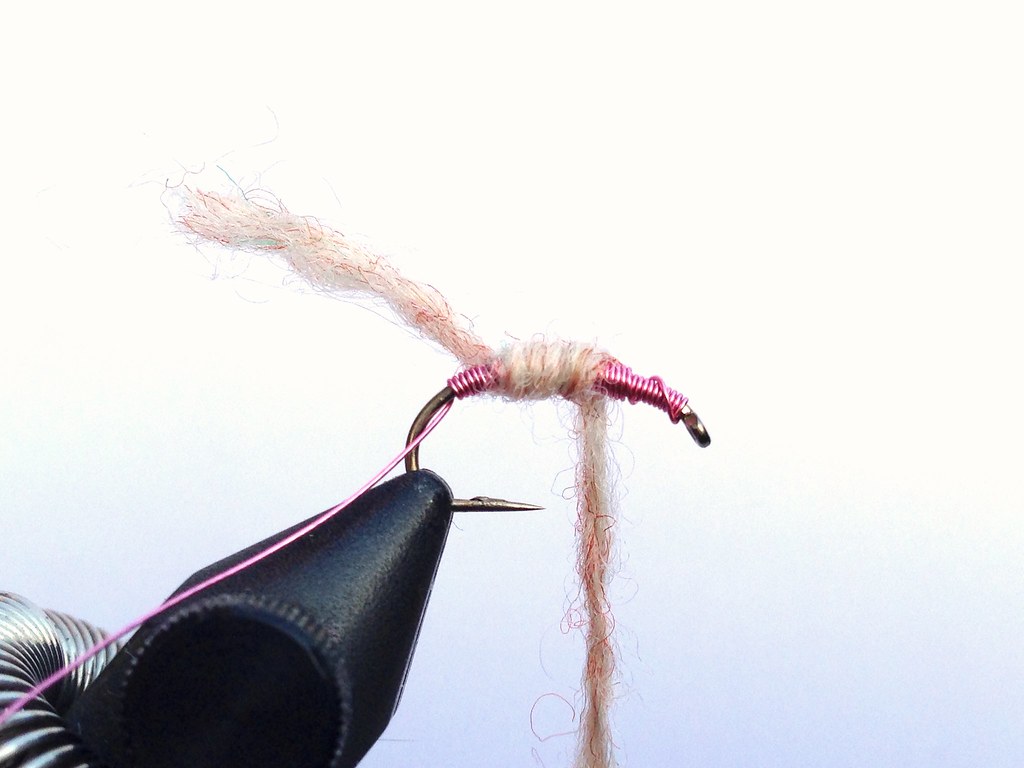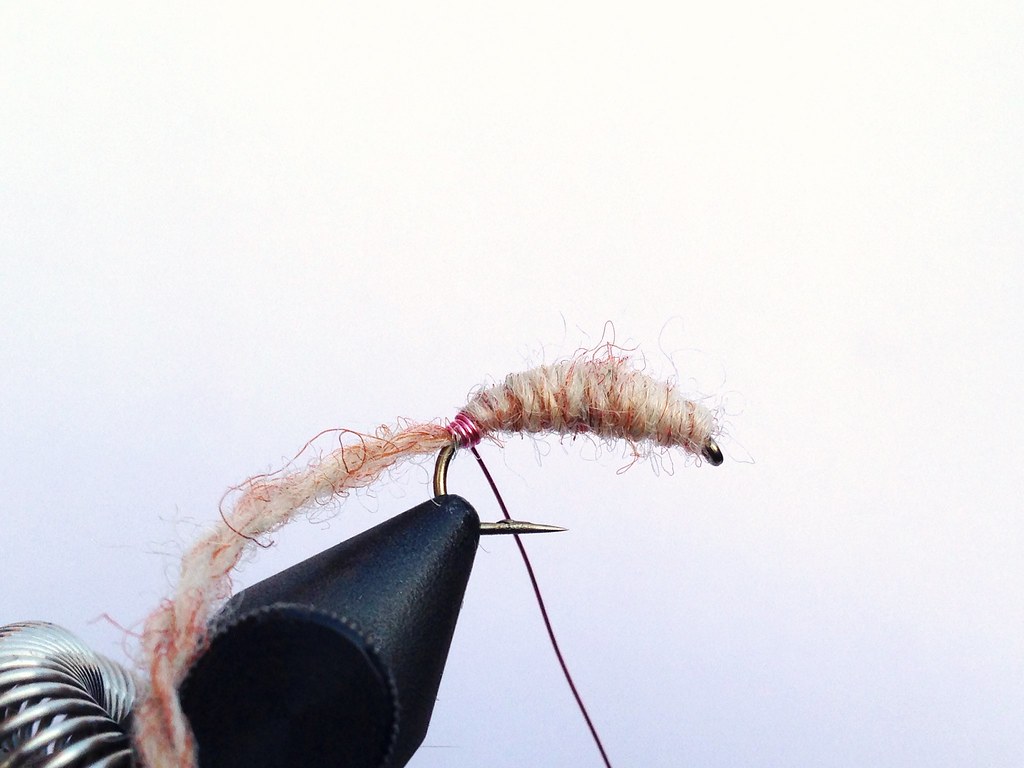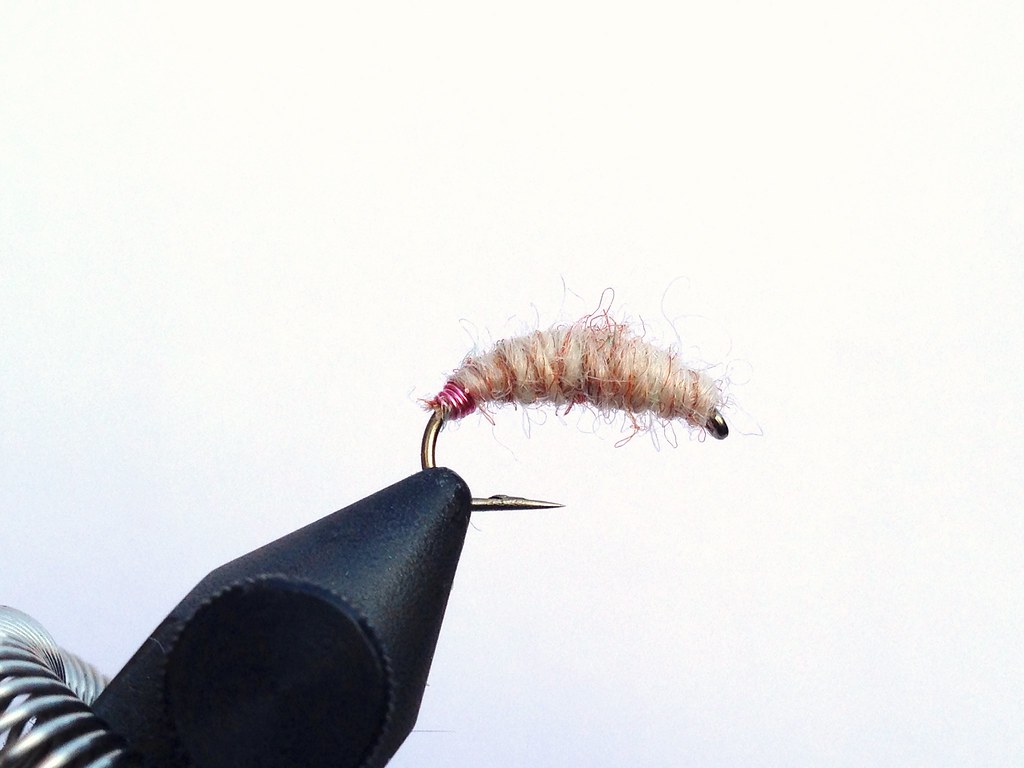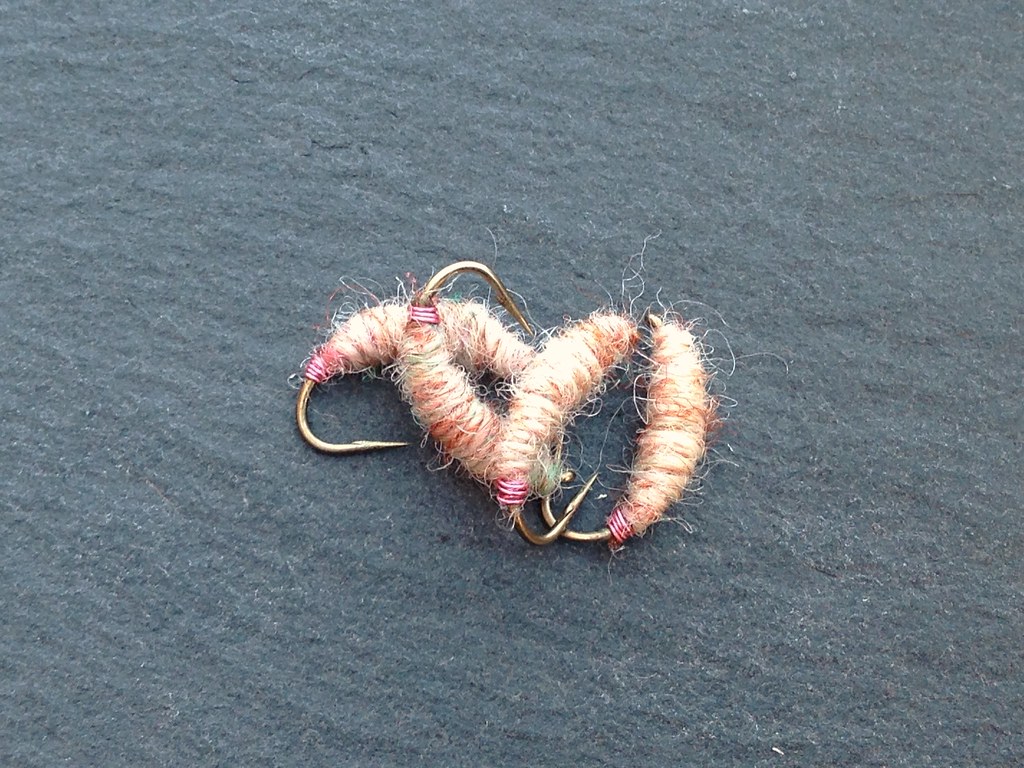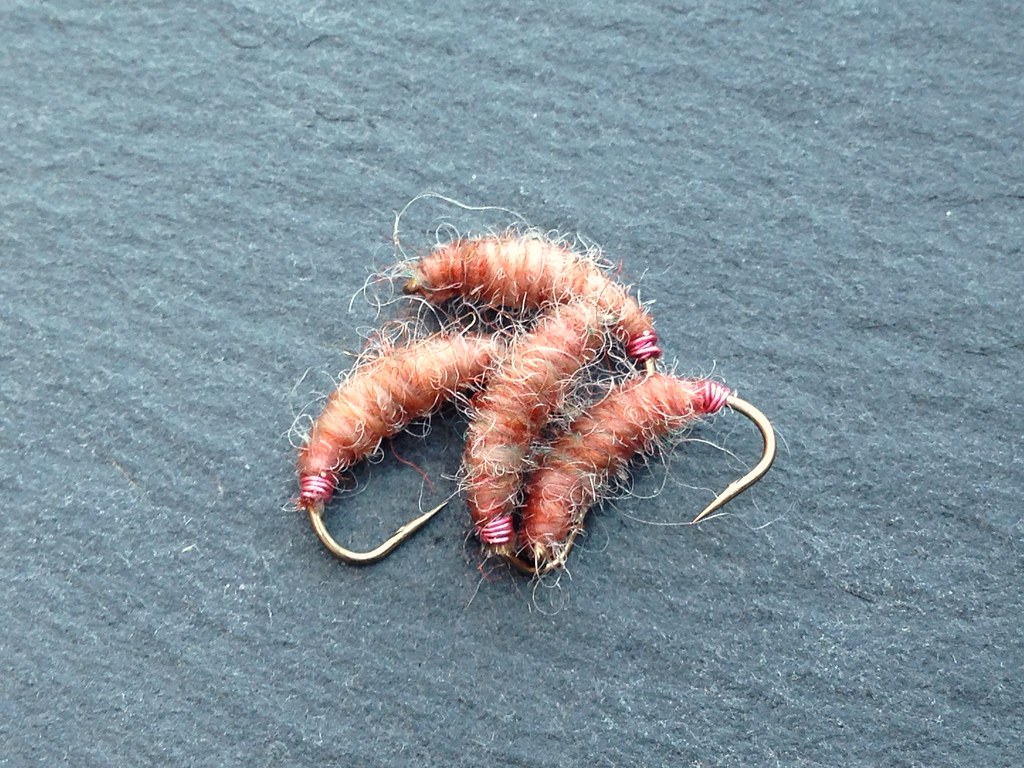| Walking in to Milldale |
It took thirty miles of driving before I came across any of the snow that covered much of the country. Thankfully the roads were good, even those deep in the dales. I met up with Mike and Ant at Milldale to fish on LADDFA's water on the Dove. Although the river was running a little high it was still clear, continued cold conditions meant we didn't have to contend with snow melt, but the water was still frigid regardless.
The scenery was spectacular, hard frost gripped tight on anything that wasn't already blanketed by the snow, the limestone cliffs decorated with rows of icicles.
We walked to the bottom end of the beat, this served two purposes; firstly it was essential to warm up fully before we started - I have found that a good walk really warms you and sets you up for the day, making the low temperatures bearable - and secondly we got to see all of the available water, earmarking those pools and runs that looked tantalising.
The day proved to be as hard as it was cold. I fared the worst out of the three of us. I took a few hours before I finally caught something, two grayling and a trout was my end total. One grayling and the trout fell to the Utah killer bug and a red-tag jig back fooled the other grayling. Despite the seemingly poor return, it was a delight to get out and meet with friends, but I fear it will be some time before I'm out again.
The other fishing trip during adverse conditions was at the beginning of the month. I traveled to Pinkshrimp country and fished the upper reaches of post-industrial river. Heavy rain meant the river had risen considerably, although it was dropping slowly from its peak, the decision was made last minute; the river would be fish-able but not ideal. On arrival the river was high and quite coloured - a dark tea colour. As I was applying floatant to my indicator a small grayling took a fly as they dangled in the current, off to a great start without even starting yet.
Although not prolific we caught steadily. Successful flies included Danny's San Juan worm, pink shrimps and red tag bead-heads.
In the end I only fished for two and a half hours as the rain returned mid morning, the river rose again and coloured up further halting all action which had been steady up till that point. In total we had around 25 fish; Danny catching the bigger share. There were some nice fish amongst the total including some trout and grayling to a pound.
| Danny at the end of the morning, you can see the state of the river which by this time had become impossible to fish. |
| Pink shrimps and...... |
| San Juan worms proving to be the consistent catchers that morning. |
